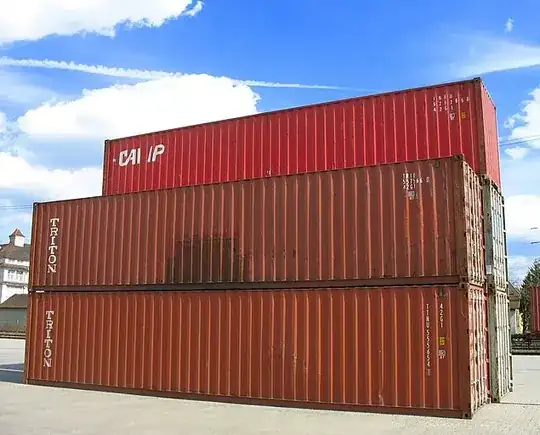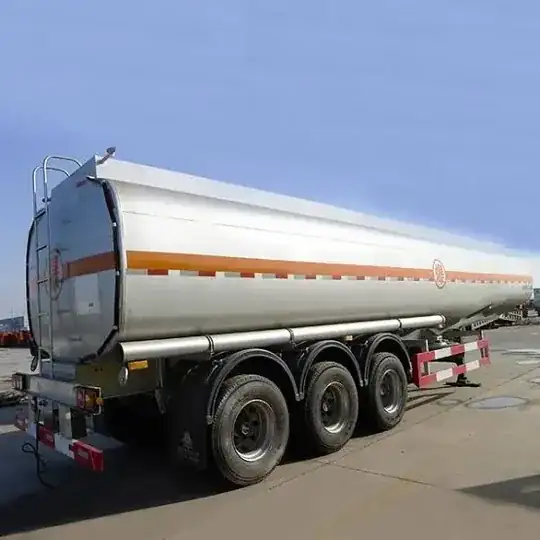For a back-of-the-envelope calculation the rule of thumb is that you need one cubic meter (1000 liters) of hydrogen or helium to lift one kilogram; so for 80 kilograms you need about 80 cubic meters (80,000 liters) of lifting gas.
For a more detailed calculation:
The average density of air at sea level is about 1.2 kg/m³.
The density of helium at 1 atmosphere pressure and 0°C temperature (that's called "standard temperature and pressure", STP) is about 0.18 kg/m³.
The lifting force is the difference between the weight of a volume of helium and the same volume of air, or 1.02 kg/m³.
For 80 kg you need 80 / 1.02 = 78.4 m³ of helium.
For a quick comparison, that's quite comparable with the capacity of a large railroad tank wagon, and about 15% more than the internal volume of a standard 40-foot (12.2 meters) intermodal container:

A stack of standard 40-foot (12.2 meters) intermodal containers. Each container has an internal volume of about 68 cubic meters. Photograph by Martini171, available on Wikimedia under the CC BY-SA 3.0 Unported license.

